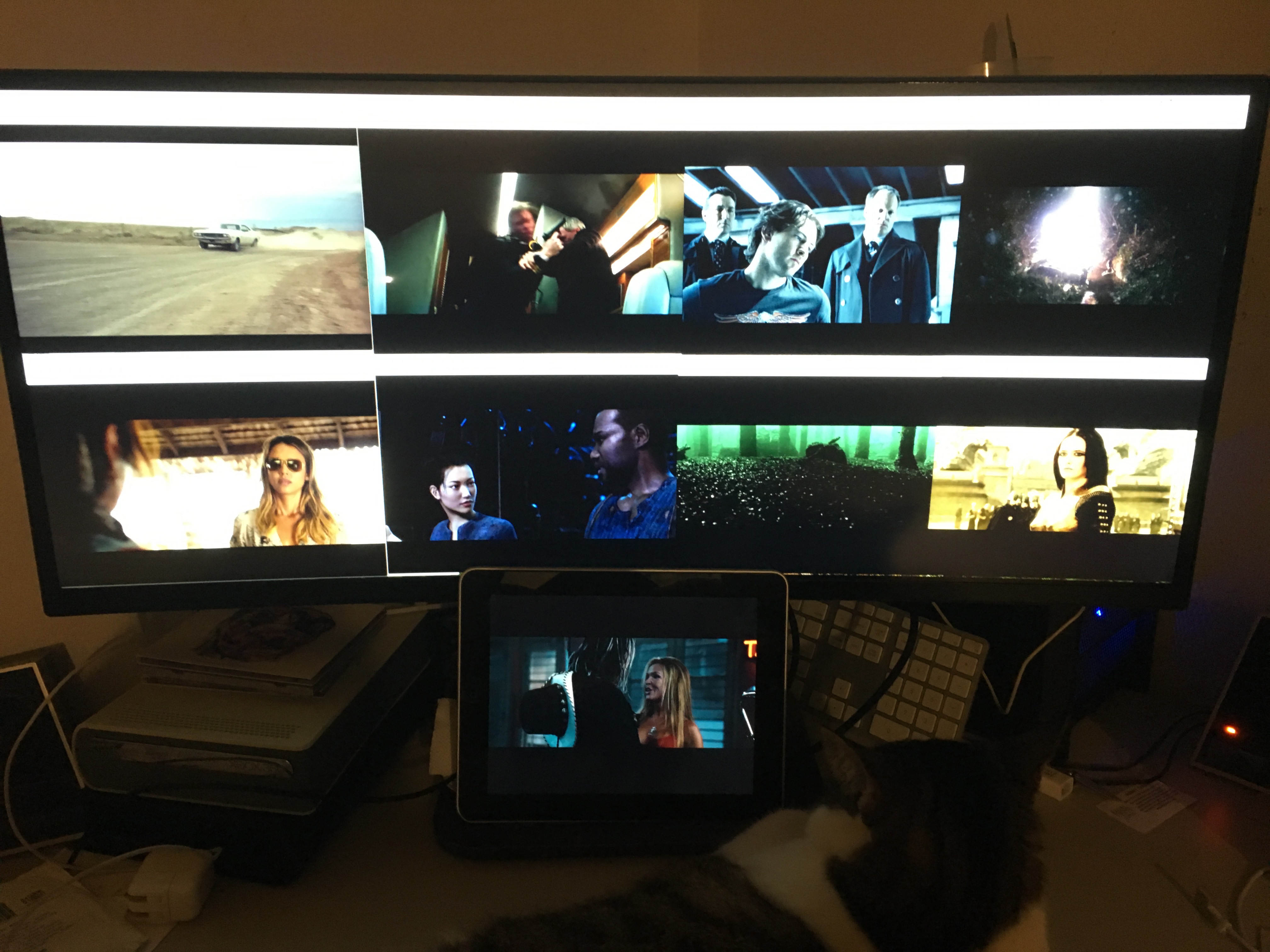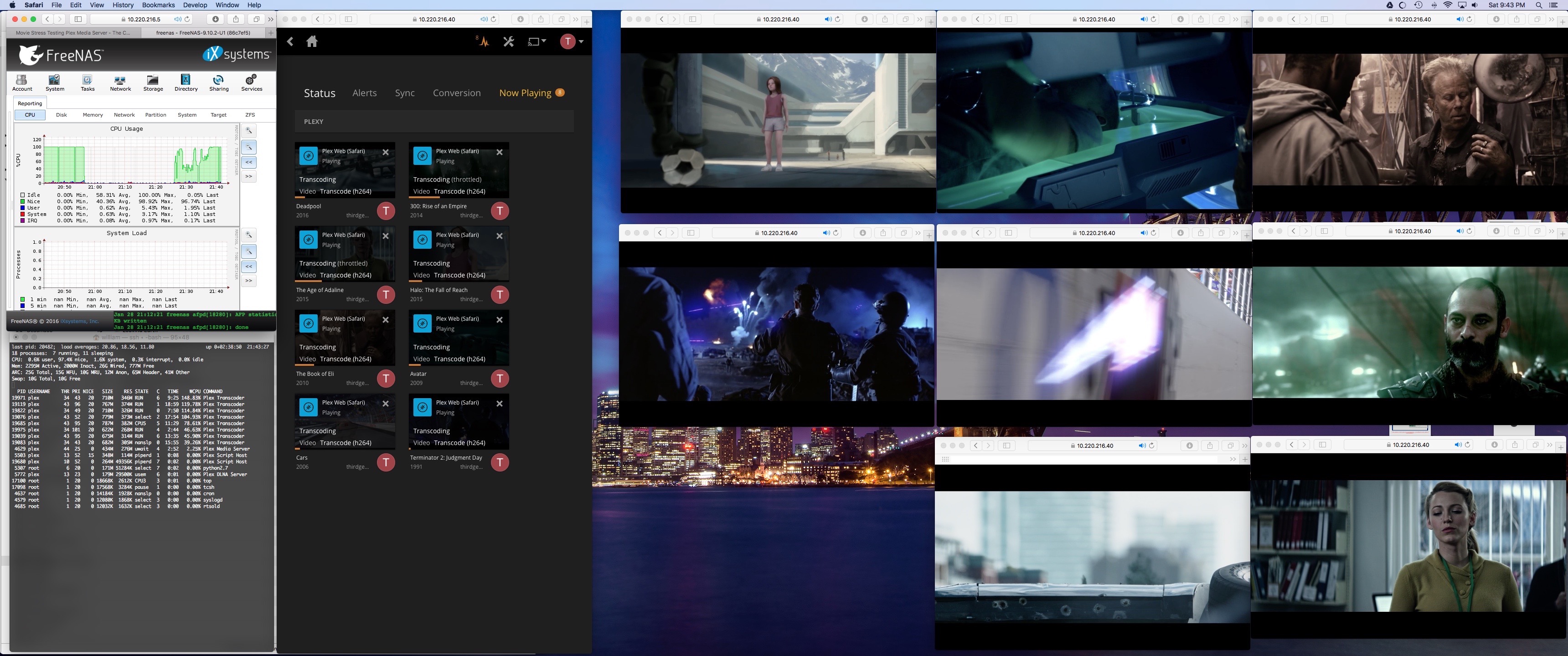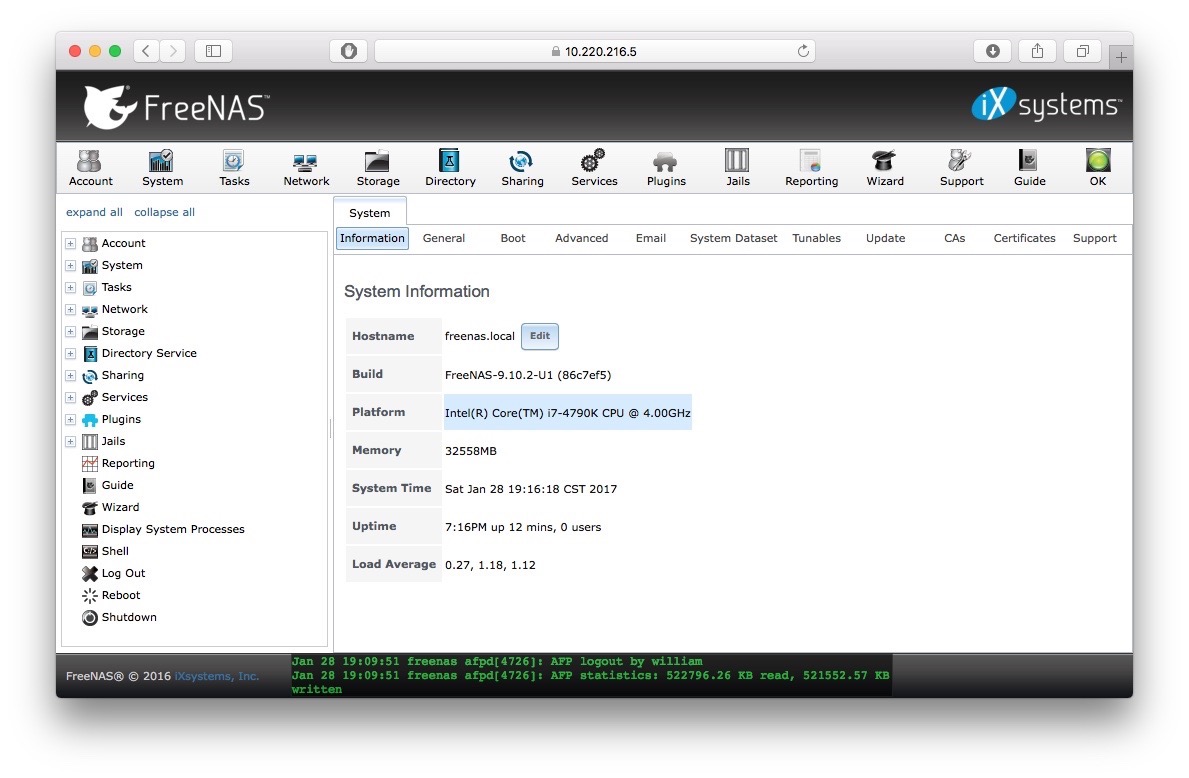Uh not really, you are relying on the server to generate multiple streams but there is too much missing information, are they uni- streams? What is the profile of the stream is it set up as a VBR or fixed and what is the nitrate? Your test isn't totally valid and if you are on your own network (internal only) then the 20Mbs is irrelevant. Also Netflix uses a dash format so each time you hit play you are receiving approx 30 different profiles all unicast, but adapted to your device.
I had a big long post.
But my test isn't valid? How so? The transcoder doesn't care about profile levels, or the source file bit-rates. What it cares about is taking each frame, and transcoding it to a new format.
The amount of CPU used to decode a file and pipe it through to the transcoder is so small as to be unmeasurable in the overall scheme of things. It might affect a measured output by 1%. Statistically insignificant.
This page explains the plex settings in relation to how it transcodes content.
https://support.plex.tv/hc/en-us/articles/200250347-Transcoder
Netflix doesn't always have to transcode content, it can send it via Direct Stream, or Direct Play.
Direct Play is sent to the client as is, and requires just about zero CPU usage.
Direct Stream is when the video and audio bitstreams are compatible with the end client, but the container format (MKV, MP4, AVI....) is not.
An example for Direct Play would be a MP4 file containing H264 video and a Dolby True-HD stream. My player would just play it out-right. Plex would send the file over the network and do nothing to it.
A Direct Stream example would be sending file in a MKV container to say an Apple TV. If the MKV file contained H264 and AAC audio, then Plex would strip the audio and video streams out of the container, then encapsulate it in side a MP4 container and send it to the Apple TV. This requires only slightly more CPU than Direct Play.
The most intensive is Transcoding. Plex can do this for both video and audio separately. It can transcode an audio stream, but leave the video stream alone. Example would be the end client doesn't support Dolby True-HD, but does support H264 video. Plex would send the video as is without changing it. However, it would downmix the audio to something the client understands. It might be AAC 5.1, or just AAC stereo. Audio doesn't realy take much power overall.
Plex could also transcode the video, but pass the audio through without change.
Plex will do the least possible to get the content to the client. But its nice because you don't have to guess at what the client can do. If they wrote a plex app for it for the device, Plex will play it on the device.
Also fwiw Plex is just a public personal CDN
Plex does not have any mirroring, or distributed caching of my content. Its not like Netflix, or other providers with multiple mirrors around the globe. It doesn't load balance.
When my single plex server is not available, the content is just plain not available.









